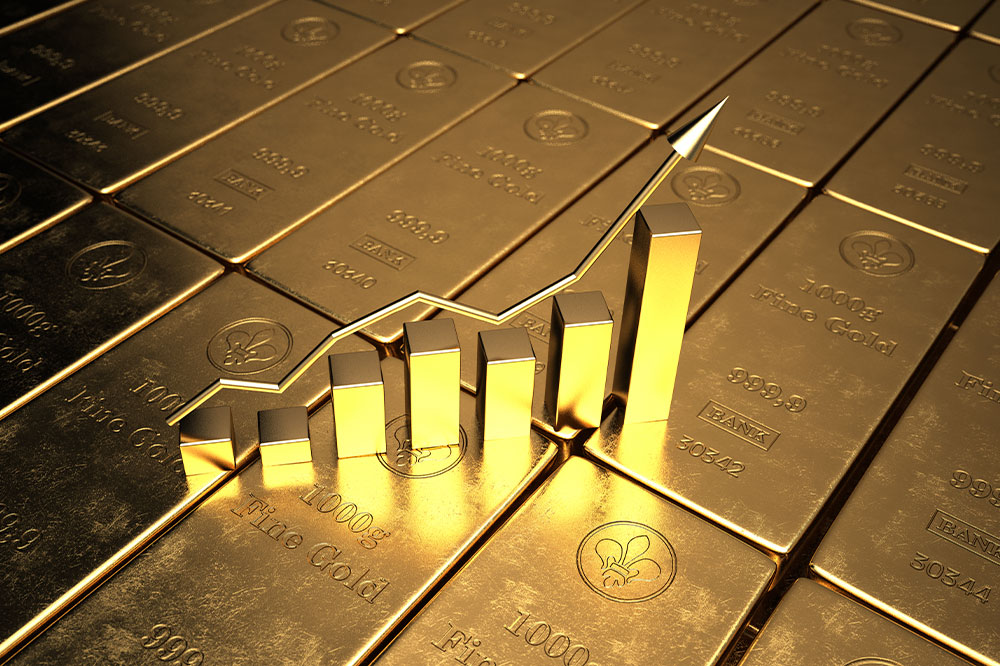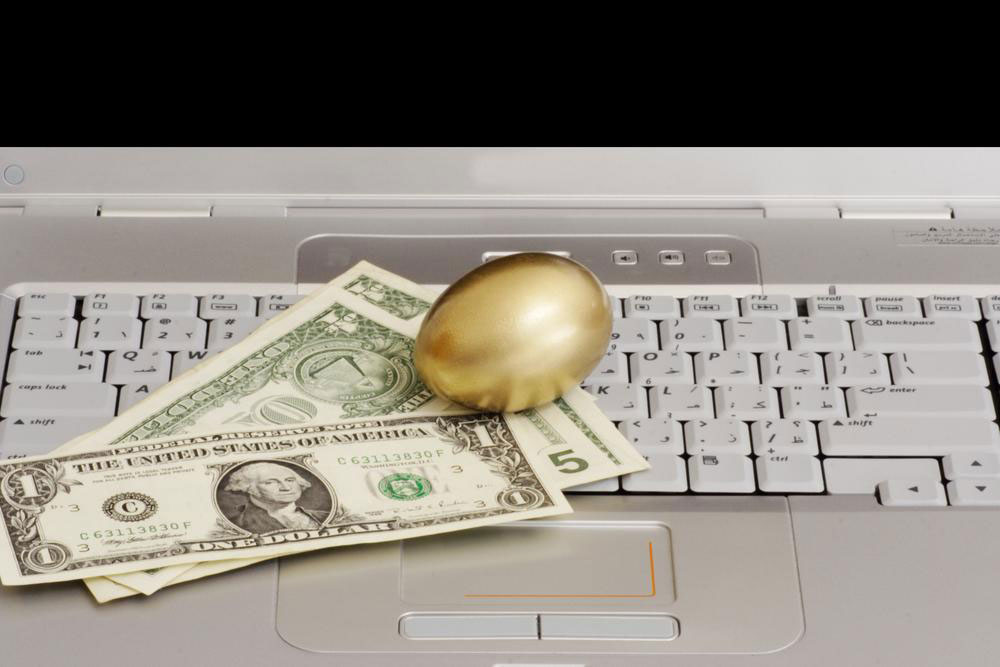Understanding Gold's Spot Price: Key Insights
Explore the concept of gold's spot price, how it fluctuates daily, and its significance for traders and investors. Understand the factors affecting gold pricing and how it's used as a market benchmark, with insights into trading practices.
Sponsored

Gold is a highly valued metal known for its durability and luster; it remains unaffected by corrosion and acids. While it has various industrial applications, gold is predominantly used in jewelry and trading markets. Gold is measured in troy ounces and grams to determine its value.
The spot price of gold indicates the current market rate for one ounce of gold. This benchmark is vital for bullion traders, guiding the pricing of gold bars and coins daily.
The gold spot price fluctuates constantly during trading hours, influenced by currency trends, global events, and market speculation. Investors often check online to stay updated on live gold rates. Typically quoted per troy ounce in USD, gold prices can also be viewed per gram or kilogram. The spot rate reflects the price for immediate delivery or exchange of gold.
Gold remains one of the most traded commodities worldwide, with the COMEX exchange serving as a primary benchmark for spot prices. The current spot price represents the cost of one ounce of 99.9% pure gold available for instant transfer. Dealer margins and profit motives mean the actual buying price may be lower than the spot rate, while selling prices are set above it, explaining variations in buy-sell spreads.





